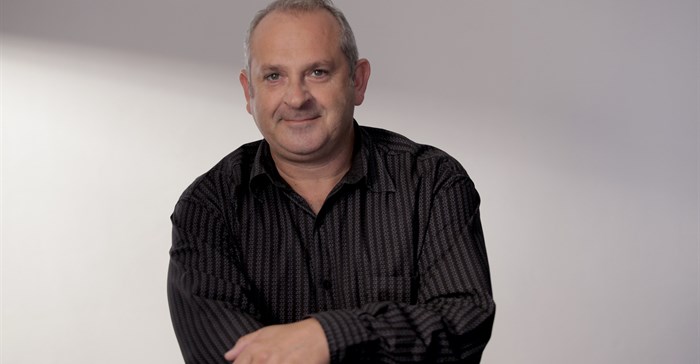The African media landscape is changing fast. There is a proliferation of online streaming services, most notably Showmax and Netflix. The huge growth in smartphone penetration means that more people have access to media content than ever before. While TV, radio and outdoor remain the primary media, their audiences are faced with a plethora of new choices and formats. Many attempts at consolidated research have not been successful in this highly competitive space – for cost and political reasons.

Peter Searll
1. Major global players gathering momentum
Major players like Facebook and YouTube are now firmly in the media space, with Facebook Live levelling the playing fields to some degree among media generators. Anyone can now be a broadcaster and YouTube continues to accumulate content at an exponential rate.
2. Opportunities and fragmentation
Rapid fragmentation poses serious challenges to all those involved in the media space - media owners, buyers, advertisers and researchers. The multitude of opportunities is quite breath-taking, it’s necessary to stay wide-awake and keep abreast of these fast paced changes.
3. A new wave of electronic installations in OOH
OOH has always played a strong role in the African media landscape. Instead of static billboards, there is a new wave of electronic installations that - show multiple ads and can be customised for different audiences, at different times of the day, or day of the week. This ultimately lowers production costs and enables more rapid deployment of advertising messages. This gives OOH the ability to become more interactive with QRS codes and the like. Google has patented a system to show advertising in the virtual world - imagine searching in maps and seeing adverts in that space? Augmented reality opens a whole new world.
4. Influx of streaming and satellite entrants in TV
Television has become the main competitive media space. Satellite entrants and offers are coming thick and fast. Streaming services provide even more choice. Consumers can choose what they want to watch, when it suits them and where they want to –anytime, anywhere, any device. These disruptors will affect rural areas less, but the urbanites - especially the youth - are embracing this freedom. Africa is still mobile first, but it is not far behind these well-developed trends in Europe and the USA.
5. Streaming is becoming the radio star
Radio streaming options play an increasingly important role - especially as data costs come down and Wi-Fi access increases. Radio via the web offers more engaged and new audiences.
6. Print is going online
Print is probably the hardest hit, with the biggest impact on magazines. Print newspapers are still widely read daily. However, digital production costs are much lower than print and more people are reading their news online.
7. Digital is the new Black
Digital is a highly competitive arena, marked by innovation and a proliferation of new agencies. Content consumption is highly measurable, benefitting the owners, advertisers and buyers of ad stock.
8. The digital threat to traditional agencies and owners
Digital poses a huge threat to traditional agencies and media owners who are not innovating or coming to grips with its complexities. Increasingly customer engagement is via digital and this is the biggest upside for these platforms.
9. Media agencies can’t afford to snooze
Agencies desperately need to redefine their offerings to stay relevant and keep track with consumer trends and changes.
10. Combining the old and the new in market research
Market research innovation lies in combining traditional approaches with new ones. Africa is far from homogeneous and requires specialised insight in each market. On-line studies can reach the trendy, youthful and mobile-engaged population, but has limitations beyond that. Increasingly sentiment analysis/social media mining provide clues as to what is going on. Serious work will be done to integrate media research from a traditional and new media consumption perspective.
We should also recognise the role that well-grounded market research can play in minimising risk of new market or product entry, as well as providing clear, insightful feedback of consumer preferences and the state of the market.
























